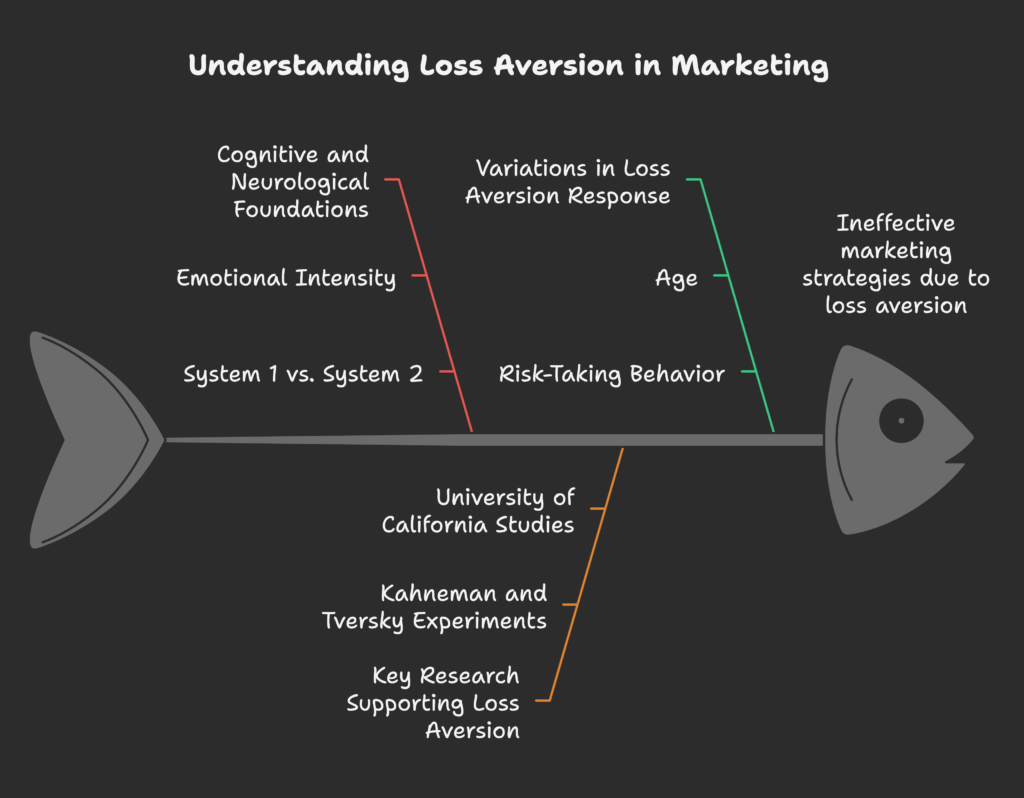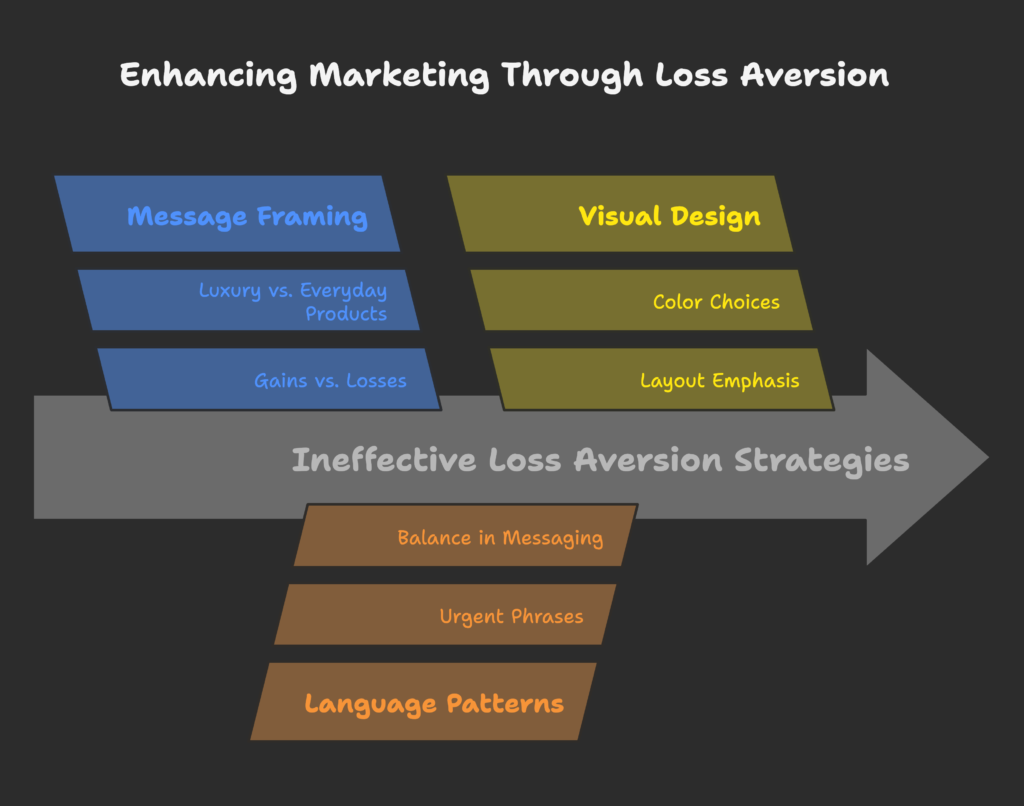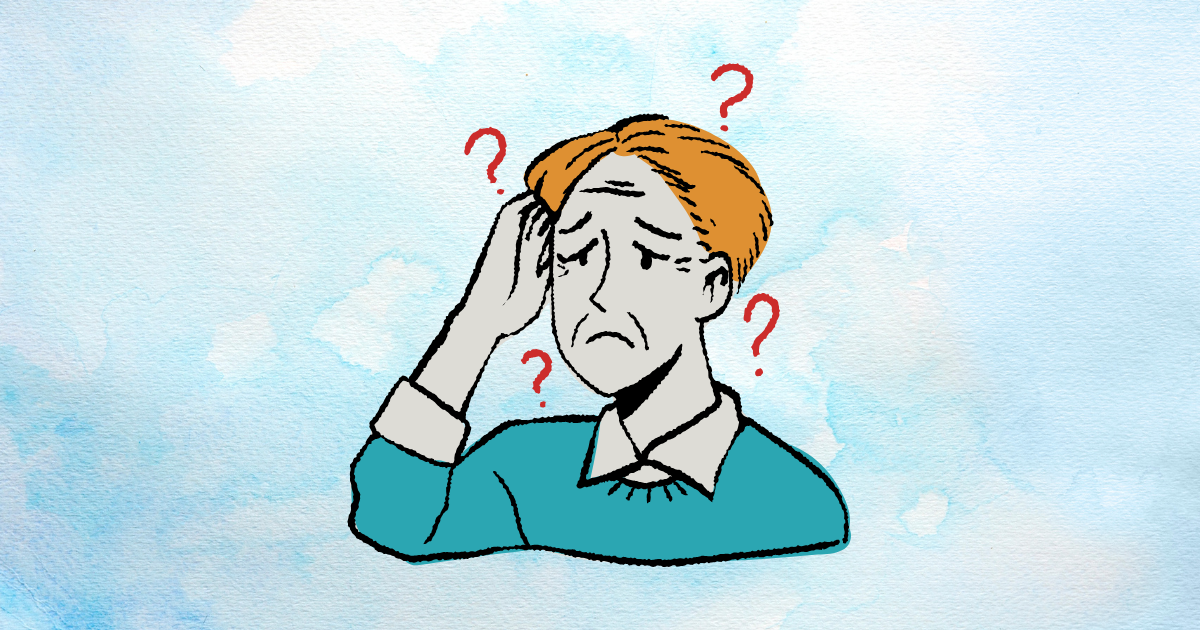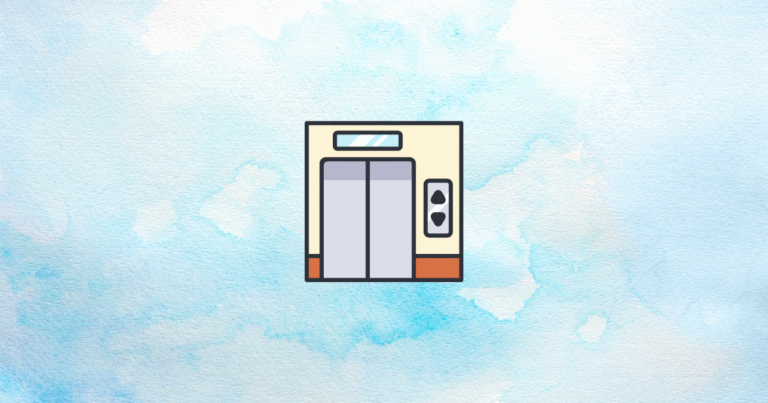Have you ever rushed to buy something just because it was about to go out of stock or a special deal was ending soon? Do you find yourself more upset over losing $50 than happy about gaining $50? If these situations sound familiar, you’ve already tasted the power of loss aversion. In this article, you will discover why people dislike missing out more than they enjoy gaining something new. You will also learn how to use this powerful insight in your marketing strategies to boost conversions and keep customers engaged. Ready to dive in? Let’s begin!
Definition and Psychological Foundation
Loss aversion is a cognitive bias where people feel the pain of losing something more deeply than the pleasure of gaining something of equal value. This concept was famously introduced by Daniel Kahneman and Amos Tversky in their Prospect Theory, research that won a Nobel Prize. They showed that losses can feel about twice as powerful as gains. Some scientists believe this bias has an evolutionary foundation—our ancestors survived by focusing on what they could lose (like food or safety), making them extra cautious.
Here, you’ve gained a simple understanding of loss aversion’s roots. But wait, what happens when this bias meets real-world marketing? Let’s see how it impacts consumer behavior in the next section.
The Significance in Marketing and Consumer Behavior
Loss aversion greatly influences consumer choices. Studies show that when a product is framed as “don’t lose out on this offer,” conversion rates are often higher than when it’s simply presented as a benefit to be gained. This bias appears across all demographics and cultures, tying it closely to other concepts like FOMO (Fear of Missing Out) and the endowment effect (where we value something more because we already own it).
Large companies, such as travel booking sites, use “Only 2 rooms left!” to spark a sense of loss. Research keeps confirming how powerful this approach can be. If you’re now curious to learn exactly how we’ll explore loss aversion in this article, keep reading. Next, we’ll outline the journey we’ll take together.
Article Scope and Objectives
In this article, we’ll switch our perspective from positive to negative framing, explaining when it’s better to say “Don’t miss out” instead of “Here’s a great deal.” We’ll also present a framework to decide when a loss-based message is appropriate and effective. Get ready for a deep dive into psychology-backed strategies that will change how you market your products or services.
Now that you know the roadmap, you’re probably wondering how the brain itself reacts to gains and losses. Let’s head to the next section and uncover the scientific side of loss aversion.
The Science Behind Loss Aversion
In this section, we’ll explore why our brains react more strongly to the idea of losing. We’ll look at the fascinating neuroimaging studies and classic experiments that proved just how much we hate losing out.

Cognitive and Neurological Foundations
Scientists have found that different parts of the brain “light up” when we anticipate a loss versus when we anticipate a gain. The emotional part (often called System 1) reacts swiftly and powerfully to potential loss, while the rational part (System 2) might step in too late. Emotional intensity, triggered by the possibility of losing something, can make messages using loss aversion very effective.
Wondering which studies confirm these ideas? We’ll check them out next.
Key Research Supporting Loss Aversion
Kahneman and Tversky conducted the groundbreaking experiments that introduced the concept of loss aversion. Other researchers, such as those at the University of California, found a 300% boost in attention and action when marketing energy efficiency with a “loss” angle. This phenomenon is remarkably consistent across different cultures, which shows just how universal it is.
Curious if everyone reacts to loss aversion in the same way? Let’s take a closer look at who is most affected.
Variations in Loss Aversion Response
Not everyone responds to loss aversion equally. Factors like age, experience, or even how risk-taking a person is can influence the effect. Younger consumers might be more motivated by FOMO, while older consumers might focus on protecting what they have. The key for marketers is to understand who you’re targeting and tailor your approach accordingly.
At this point, you know how our brains interpret losses differently than gains. But how do we turn this knowledge into powerful marketing messages? Let’s explore that next.
Loss Aversion in Marketing Communication
Here, we’ll cover how to structure your marketing messages to highlight potential losses effectively. From the wording you choose to the visuals you display, each element can strengthen the impact of loss aversion.

Message Framing: Gains vs. Losses
Picture two statements: “Save $100 today” versus “Don’t lose $100 today.” Research shows the second version often pushes people to take action more strongly. This is because of the emotional jolt we feel when we think about losing something. The takeaway? Framing matters. For luxury items, a positive frame might still work better, but for time-sensitive offers or everyday products, highlighting what could be lost often outperforms other messages.
But it’s not just about choosing words randomly. The language you use can make all the difference. Let’s dig into that.
Language Patterns That Trigger Loss Aversion
Certain words and phrases naturally activate a sense of urgency or fear of loss. Examples include:
- “Don’t miss out”
- “Last chance”
- “Only a few hours left!”
The secret is to create the feeling that an opportunity is slipping away. However, balance is key—you want to spark action without causing undue stress or mistrust. If messages feel too threatening, people might tune them out or feel manipulated.
Wondering how images and color choices add to these words? That’s up next.
Visual and Design Elements That Reinforce Loss Aversion
Design is a powerful ally in loss-framed marketing. Colors like red can hint at urgency or warning. Bold fonts or highlighted boxes can emphasize phrases like “Don’t let this slip away!” Meanwhile, limited stock icons or countdown timers visually represent scarcity, helping people imagine what they could lose if they wait too long.
Now that we’ve explored how to communicate loss aversion, you might wonder about real-life tactics to use in your everyday marketing. Let’s check them out next.
Practical Applications in Marketing and E-commerce
In this section, we’ll walk through practical ways to apply loss aversion to drive sales and conversions, especially in online stores. From urgency tactics to exclusive offers, these methods can be tailored to different products and customer types.
Limited-Time Offers and Countdown Techniques
Countdown timers are a powerful visual that reminds shoppers the clock is ticking. When a visitor sees a big countdown saying “Sale ends in 2 hours,” they feel a pressing need to act. This technique makes the potential loss of the deal very clear.
- Tip: Always be honest with your deadlines. Artificial timers risk losing trust.
What if your store also shows how many items remain? That’s called scarcity messaging, and it works wonders. Let’s explore it next.
Scarcity and Inventory Notifications
Alerts like “Only 5 left in stock!” remind customers that they could miss out if they hesitate. Booking sites famously use lines such as “Just 2 rooms left at this price” to spark immediate action. The idea is simple: emphasize what your customers stand to lose if they wait.
Of course, scarcity ties well with exclusivity. Let’s see how that can strengthen your offers.
Exclusivity and Special Access Strategies
Exclusive offers drive a fear of missing out among people who aren’t yet part of the special group. Think “Members-only pricing” or “Early-bird access.” These tactics remind customers of the exclusive benefits they’d lose if they don’t join in time. This approach can also boost loyalty and build tight-knit communities around your brand.
Now, let’s dive into how you can structure pricing and discounts to highlight loss aversion.
Pricing and Discount Strategies Through Loss Aversion
When you show how much someone might lose by not taking advantage of a discount, it can be more impactful than simply telling them how much they’ll gain. For instance:
- Price Anchoring: Display a higher original price so the potential loss feels bigger if they miss the current lower price.
- Gradual Discounts: Emphasize that each day of delay could mean a smaller discount, framing it as a loss rather than a missed gain.
By now, we’ve tackled several e-commerce strategies. Next, we’ll see how loss aversion unfolds at different stages of the customer journey.
Loss Aversion Across the Customer Journey
We’ll now examine how loss aversion can be integrated from the moment a shopper discovers your brand to the day they become a loyal customer. Each stage requires slightly different messaging to keep the fear of losing out alive.
Acquisition Stage: Converting Prospects Through Loss Framing
First impressions matter. Use loss-based headlines on landing pages—like “Don’t miss your chance to save on our new collection.” Lead magnets can also highlight what potential subscribers will lose if they don’t sign up (e.g., “Sign up now to avoid missing future tips and deals!”).
Next, you’ll want to keep the momentum. Let’s look at how to push customers through the consideration stage.
Consideration Stage: Accelerating Decisions
When customers are comparing products, reminding them of what they stand to lose can break decision paralysis. For example, show them items they viewed but didn’t purchase, along with a note that the price might increase or stock could run out soon. Abandoned cart emails using phrases like “Don’t lose your items—checkout now!” often work better than positive statements about the benefits of your products.
Finally, how do you keep customers once they’ve already joined? Let’s find out.
Retention and Loyalty: Preventing Customer Loss
Use loss aversion to show current customers what they risk by canceling or switching. For subscription renewals, let them know which exclusive features they’d lose if they don’t renew. Loyalty programs are another chance to highlight how close they are to losing certain rewards if they don’t take the next step.
By this point, you’ve explored the journey from prospect to loyal advocate. But what about actual success stories? Let’s check real-world examples next.
Case Studies and Real-World Examples
This section showcases how brands—big and small—have effectively put loss aversion into action. Get ready for a closer look at actual wins from e-commerce giants, service industries, and local enterprises.
E-commerce Success Stories
Major online stores like Amazon use small messages like “Prices may change at any time” to inject urgency. Booking.com is well-known for frequent reminders about limited availability, showing how they weave scarcity and loss aversion into nearly every step of the booking process. Apple also teases the potential missed opportunities if you don’t preorder a new product quickly, driving huge early sales.
Thinking you can’t apply this if you’re not selling physical products? Let’s see how service industries do it.
Service Industry Applications
Financial companies often stress the losses of not investing or not saving in time. Insurance providers highlight the risks (losses) of being uninsured. Even B2B services talk about the losses in market share if a client delays. Health and wellness services point out the costs of inaction—like potential health risks if you don’t sign up for a program soon.
But what if you run a small business with a limited budget? We have examples for you next.
Small Business Implementation Examples
Small retailers can employ straightforward tactics like a countdown timer for a weekend sale or an email alert about low stock items. Local restaurants might promote limited-time menu specials that people would regret missing out on. Even with a tight budget, these businesses often see better ROI because their offers feel real and personal.
Now that you’re filled with real-world stories, you may wonder how to test these ideas. Let’s explore A/B testing strategies next.
A/B Testing and Optimization Strategies
Here, we’ll dig into how to safely experiment with different messages, measure success, and improve your loss aversion tactics over time.
Creating Effective Loss Aversion Tests
When designing A/B tests, be sure to isolate the loss-framed element. For instance, compare a “Don’t miss out” headline to a “Get this deal” headline. Measure metrics like click-through rates, sign-ups, or direct sales. Make sure your test runs long enough to gather reliable data, and keep sample sizes adequate so you’re not basing decisions on a small group’s behavior.
Once you’ve run your tests, it’s time to interpret the data. Let’s see how.
Analyzing Consumer Response Data
Look for signs of higher click-through rates or faster checkouts on the loss-framed version. If certain segments (e.g., first-time buyers) respond more strongly, you could create targeted campaigns just for them. Combining surveys or quick feedback forms can give you insights into how people felt about your message as well.
Finally, how do you keep improving once you have your initial results? Let’s move on.
Continuous Optimization Frameworks
Loss aversion strategies aren’t “set and forget.” Consumer behavior shifts over seasons, competitor activities change, and global events might alter shopping patterns. A continuous testing culture helps you adapt to these changes. You might:
- Schedule regular A/B tests for key sales pages.
- Stay alert to your competitors’ urgency messages.
- Gradually tweak your designs and headlines based on new data.
Now that you have the tools to test and refine your approach, let’s talk about doing this responsibly. Overusing fear-based tactics can backfire. The next section explains how to keep your strategy ethical.
Ethical Considerations and Best Practices
In this section, we’ll discuss the fine line between honest marketing and manipulative tactics. We’ll also cover regulations that could affect how you present urgency and scarcity.
Balancing Effectiveness with Ethical Marketing
There’s a difference between highlighting real scarcity and faking it. If customers realize you’re exaggerating, your credibility suffers. Aim to create genuine urgency. Show authentic stock limits or real deadlines. This keeps your brand’s reputation strong for the long term.
Next, let’s see what official guidelines say about this approach.
Regulatory and Compliance Considerations
Many regions have rules about truthful advertising. For example, the FTC in the United States frowns upon deceptive scarcity claims. The same is true in many other countries. Always keep records of your actual stock levels or sales durations to prove they are genuine. This helps you stay compliant, even as regulations evolve.
But what about consumers themselves? Let’s see how they react to loss aversion once they become aware of it.
Consumer Psychology and Potential Backlash
People are becoming more aware of marketing tricks. If they feel you’re overusing fear-based angles, they might develop “ad blindness” or even brand resentment. A balance of positive and negative framing can help keep your messages fresh and believable. Remember, the goal is a long-term relationship, not just a quick sale.
Once we’re sure our methods are both effective and ethical, we can combine loss aversion with other psychology techniques. That’s what we’ll explore next.
Integrating Loss Aversion with Other Persuasion Principles
Ready to amplify your loss aversion strategies? Pair them with other proven persuasion techniques. We’ll look at Cialdini’s influence principles, decision-making psychology, and using consistent messaging across different channels.
Combining with Cialdini’s Principles of Influence
Robert Cialdini introduced well-known persuasion principles like authority and social proof. When you mix them with loss aversion, the result can be powerful. For example, you could feature expert endorsements (authority) while also pointing out what people lose if they don’t follow that expert advice.
Up next, let’s see how loss aversion fits with other mental shortcuts we use when making decisions.
Loss Aversion and Decision Psychology
Loss aversion works well alongside other cognitive biases, such as the anchoring effect. Set an initial (higher) price anchor, then show a lower sale price to make people feel like they’re avoiding a loss by grabbing the deal. The endowment effect—where people place extra value on items they consider theirs—also pairs nicely with loss aversion. Mention what they’d “lose” if they give up something they already have.
How do you keep your messaging consistent across multiple touchpoints? Let’s see.
Multi-Channel Loss Aversion Strategies
Your website, emails, social media posts, and even offline ads should share a cohesive loss-framed message. For instance:
- In emails, use subject lines like “Don’t lose your seat at our webinar.”
- On social media, post countdown reminders: “Less than 48 hours before our big sale ends!”
If customers see the same sense of urgency and potential loss everywhere, it creates a consistent experience. Next, we’ll peek into what lies ahead for loss aversion marketing.
Future Trends in Loss Aversion Marketing
Here, we’ll consider how new technology and shifting consumer habits may change the game for loss-aversion tactics. Being aware of these trends helps you stay one step ahead.
Technological Advancements Enabling Sophisticated Approaches
Artificial intelligence can personalize offers based on each shopper’s browsing history and purchase patterns. Predictive analytics might detect when a shopper is most likely to abandon cart—and trigger a targeted “Don’t miss out” message right in that moment. Real-time adaptiveness is quickly becoming the standard in e-commerce.
But as technology evolves, so do consumers. Let’s see how they’re adapting.
Evolving Consumer Awareness and Adaptation
People are more knowledgeable about marketing tactics. Younger generations, for instance, may be less swayed by basic urgency but still affected by social proof or more subtle scarcity. Marketers will need to refine their approach, blending authenticity with loss-framed messaging.
Finally, let’s look even further ahead, to emerging shopping experiences and channels.
Emerging Applications and Contexts
We’re seeing new forms of commerce through voice assistants, virtual reality, and social media marketplaces. In these spaces, highlighting what’s at stake if users don’t take immediate action can be even more immersive—like a real-time inventory countdown for items in a VR store. The potential for global adoption of these methods is huge, given that loss aversion is universal.
You’ve now seen the future of loss aversion marketing. Let’s wrap up with a final strategic guide you can take right into action.
Conclusion: Strategic Implementation Guide
In this final section, we’ll summarize the main points, show you how to apply them in a structured way, and look at how to maintain strong results in the long run.
Key Takeaways for Marketing Professionals
- When to choose loss framing: Ideal for short-term, urgent deals or products people don’t want to miss.
- Core techniques: Limited-time offers, inventory scarcity, exclusive access, and highlighting what will be lost.
- Positive brand balance: Mix negative framing with positive elements to avoid fear overload.
Ready to get practical? Here’s your roadmap.
Implementation Roadmap
- Assess your current marketing: Identify where you can add a “don’t miss out” angle.
- Prioritize tactics: Pick the methods (like countdowns or exclusive deals) that best fit your brand.
- Test and measure: Use A/B testing to see which loss-framed messages resonate.
- Refine and repeat: Continually optimize based on data and customer feedback.
Finally, let’s think long term.
Long-term Strategic Considerations
- Brand positioning: Incorporate loss aversion elements into your identity, but remain authentic.
- Sustainable urgency: Avoid fatigue by rotating approaches and keeping offers genuine.
- Customer lifetime value: Use loss aversion for retention strategies, ensuring people see what they’d lose by leaving.
- Future-proofing: Stay informed about new tech and consumer trends, updating your methods accordingly.
Before you go, remember that if you have a Shopify store, you can boost your sales even further with helpful tools like the Growth Suite application. It’s a simple, effective way to organize your marketing tactics—especially those based on loss aversion—to reach your full revenue potential.
Now you have the knowledge and the strategies. Don’t miss out on putting them into action!




